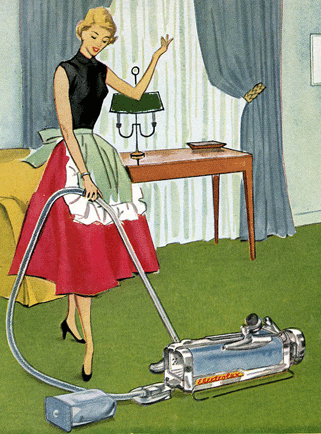|
Thread Number: 22070
Wiring up an old Bayonet Plug |
[Down to Last] |  |
| Post# 247496 , Reply# 1 8/24/2013 at 14:19 (3,895 days old) by jakesvacs () | ||
|
You can wire it anyway as its AC, just think of it as an old American type plug which goes in the socket either way. | ||
| Post# 247497 , Reply# 2 8/24/2013 at 14:26 (3,895 days old) by beko1987 (Stokenchurch, United Kingdom) | ||
|
Wicked, cheers Jake. Any idea on the earth lead? | ||
| Post# 247499 , Reply# 3 8/24/2013 at 14:31 (3,895 days old) by jakesvacs () | ||
|
Don't worry about the earth wire, just cut it back and it will be fine :) | ||
| Post# 249200 , Reply# 7 9/5/2013 at 15:28 (3,882 days old) by beko1987 (Stokenchurch, United Kingdom) | ||
|
Great info, thanks! Will keep the plug for display only! The MK one on it is of a good ago, and I imagine put on by Hoover, as I have lots of other Hoovers with the mk plug. | ||
| Post# 249220 , Reply# 8 9/5/2013 at 22:14 (3,882 days old) by Collector2 (Moose Jaw, Sk) | ||

Just a bit more trivia on grounding for you all. Initially grounding was NOT done as a safety feature. It was a cost cutting measure. The first systems ran two wires to bring the high voltage power to the transformer. With the length of runs required, especially when you got out into the country, the costs of the wire became prohibitive. To cut this cost it was discovered that they could "Ground" or "Earth" one side of the transformer and use the earth itself as the return line. Allowing a single wire to be utilized instead of two.
With the two wire, or isolated system, you had to come in contact with both wires in order to get a shock (think of a car battery - you have to touch both terminals or at least something connected to both terminals to get a shock) When they went to the single wire system it also necessitated grounding the low voltage side of the transformer as a short within the transformer could charge one side of the secondary with a lethal voltage and anyone touching that wire and the ground would get a shock. This was avoided by grounding the secondary but it now introduced the problem that anyone who was in contact with the ground and touched the ungrounded connection would now get a shock instead of this only occurring if you contacted both poles of the power. Essentially you were now constantly in contact with one pole. Grounding or earthing appliances was an attempt to solve this problem by giving the electricity an easier alternate path to take, which would also blow the fuse, in the event of a fault. Incidentally, when power plants were first being set up 220-240 Volts was considered to be the most efficient voltage at which to run electrical systems but authorities in North America deemed the voltage to be too high for public safety so it was reduced to 110-120 here. For similar reasons Japan set their standard voltage at 100 volts. | ||
| Post# 249223 , Reply# 9 9/5/2013 at 22:19 (3,882 days old) by suckolux (Yuba City, CA) | ||
 | ||

 Comes to the Rescue!
Comes to the Rescue!